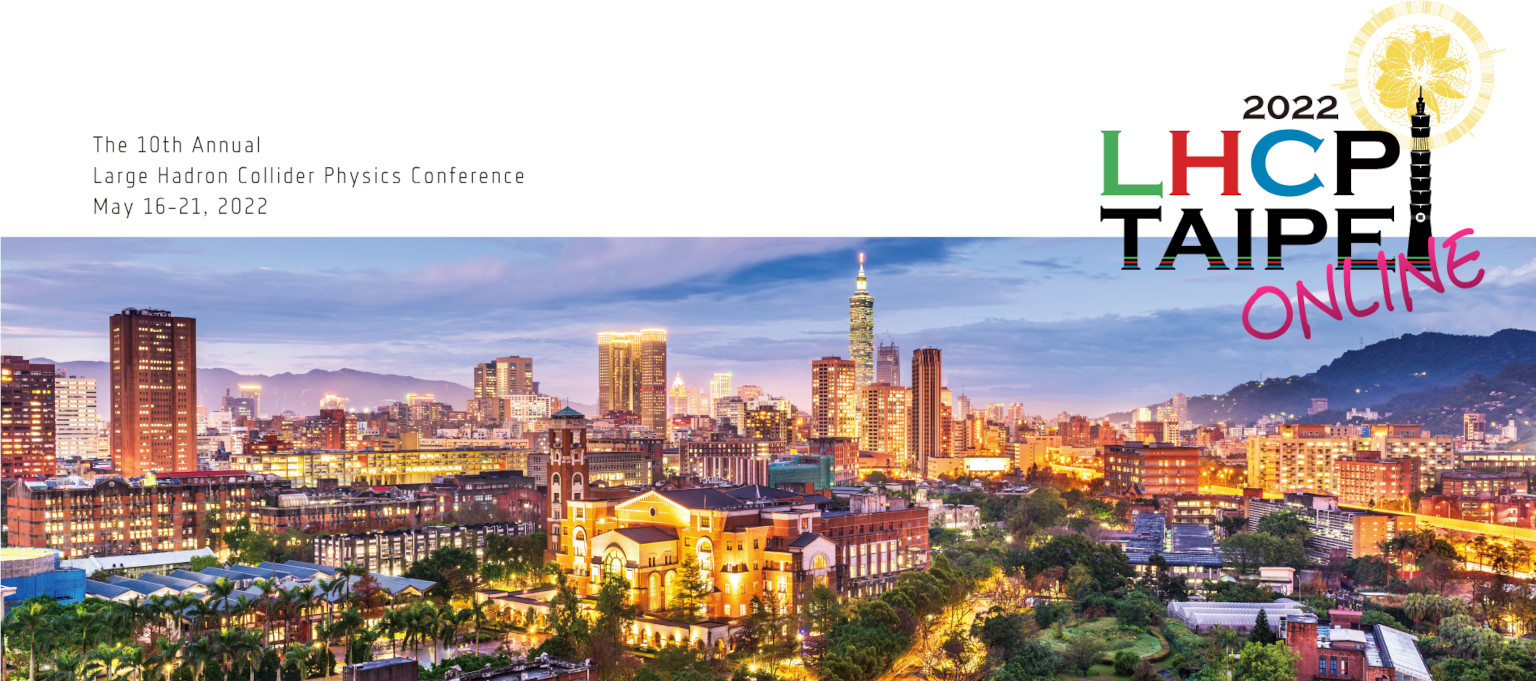Speaker
Description
Quantum Chromodynamics predicts the existence of dense and hot nuclear matter which is described in terms of a deconfined medium of quarks and gluons, known as quark-gluon plasma (QGP). High energy density and temperature can be reached by colliding heavy-ions at ultra-relativistic energies, enabling the study of the QGP in the laboratory. The ALICE detector at the LHC was designed to study the properties of such deconfined medium. Quarkonia are sensitive probes of the QGP, in particular, the study of their production in Pb–Pb collisions normalized to the corresponding one in pp collisions at the same energy and scaled by the number of nucleon-nucleon collisions, known as nuclear modification factor, can shed light on the properties of the QGP. In the presence of a QGP medium, the charmonium yield would be suppressed due to color Debye screening and dissociation. Due to its larger size and weaker binding energy, the ψ(2S) is expected to be more suppressed in the medium compared to the J/ψ. However, the magnitude of the J/ψ suppression at LHC energies is smaller than that observed at lower energies at SPS and RHIC, indicating thereby that charmonium (re)generation via the re)combination of charm and anticharm-quarks, happening either in medium or at the phase boundary, plays an important role at LHC energies. The ψ(2S) production relative to J/ψ represents one possible discriminator between the two different regeneration scenarios. Due to its smaller production cross-section and branching ratio to the dilepton decay channel, the ψ(2S) measurement is more challenging as compared to the J/ψ one. The combined Run 2 data sets of ALICE allows one to extract the ψ(2S) signal over the full centrality range, in Pb–Pb collisions at √s_NN = 5.02 TeV at forward rapidity with the muon spectrometer.
In this poster, we report the ψ(2S) nuclear modification factor and ψ(2S)-to-J/ψ double ratio in Pb–Pb collisions at √s_NN = 5.02 TeV as a function of centrality and transverse momentum, using a new pp reference measured at the same energy with improved precision. All the measurements are compared with theoretical predictions.




